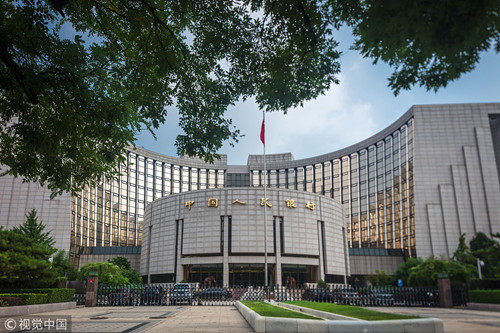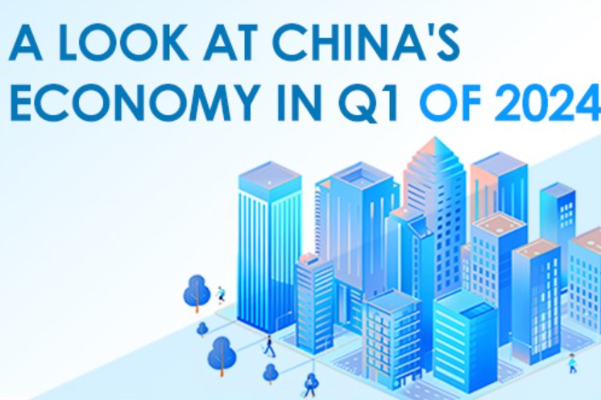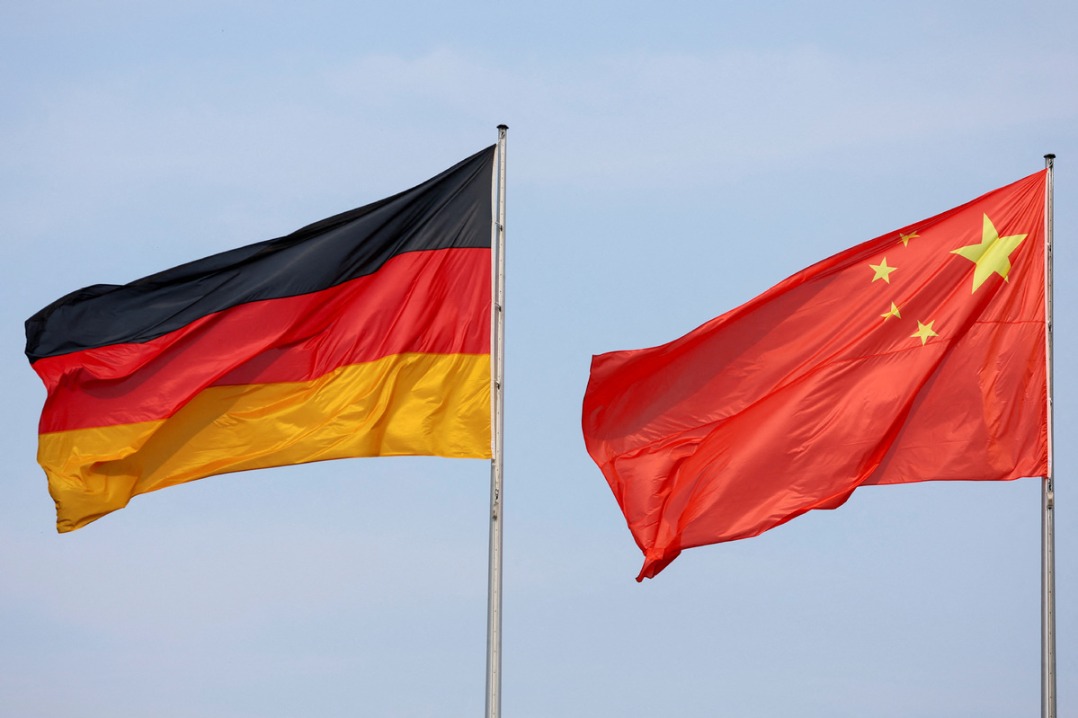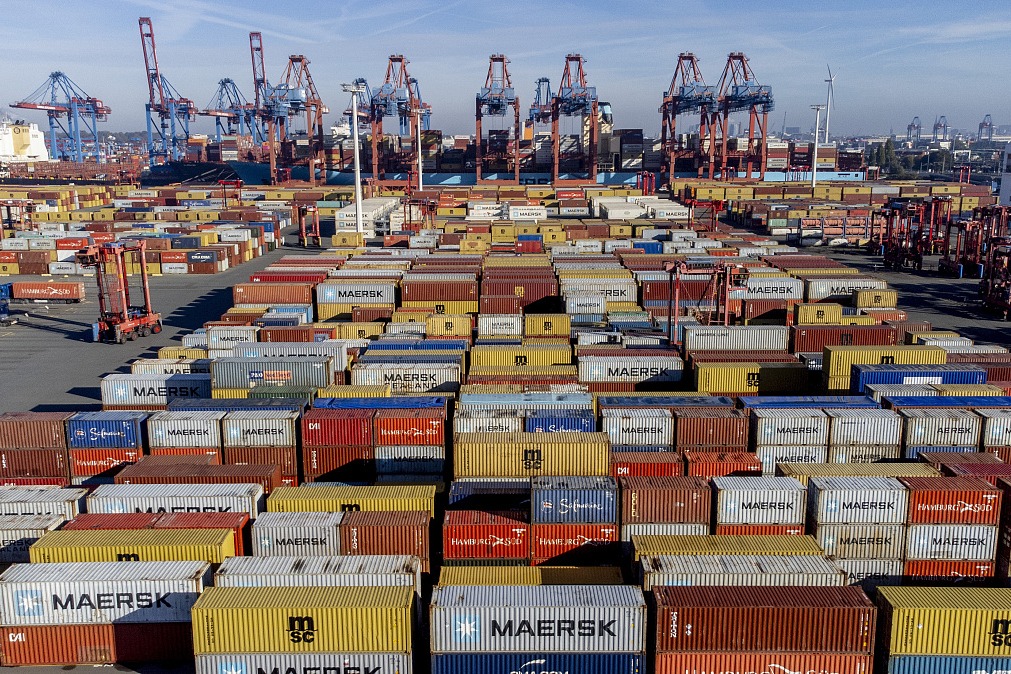PBOC ups its credit resources for lenders


Headquarters of the People's Bank of China (PBOC), the central bank, is pictured in Beijing, Aug 3, 2018. [Photo/VCG]
China's central bank has expanded credit resources for commercial banks, to boost lending to small-scale and private businesses, with the policy going in an opposite direction to some major economies' monetary tightening.
Some large and qualified commercial banks can borrow more and get cheaper money from the central bank, if they will increase lending to small and micro enterprises, as well as the private sector-the most fragile area when faced with economic downside risks, the central bank announced late on Wednesday.
It is a signal that the Chinese central bank is willing to further support economic growth through easing credit conditions, said analysts.
The fund could be raised through a newly innovated lending facility, called the "targeted medium-term lending facility (TMLF)" to provide stable funds with a maximum maturity of three years. The borrowing cost will be 3.15 percent annually, lower than the 3.3 percent of the existing medium-term lending facility (MLF), said the People's Bank of China.
But the PBOC didn't reveal how much money it will lend to the commercial banks. "It depends on the need," said a statement on the PBOC's website, indicating that large commercial banks, joint-stock banks and major city commercial banks can apply for the funding.
Banks which can obtain the fund should meet certain standards in terms of their capital adequacy ratio and regulatory compliance, said the PBOC.
Some economists called the measure "a targeted interest rate cut", which they expected to accelerate credit growth in the coming months.
Lu Zhengwei, chief economist with Industrial Bank, expected that 500 billion yuan ($72.6 billion) is likely to be injected into the banking system through this facility, to maintain stable credit growth.
The central bank also decided to boost the relending and rediscount quotas by another 100 billion yuan on Wednesday, following two hikes in June and October by a total of 300 billion yuan.
China's central bank still faces several challenges in monetary policy operations, Zhu Haibin, JPMorgan chief China economist and head of China equity strategy, told China Daily.
"(The key is) to balance the trade-off between deleveraging, to stabilize the financial system, and credit support for economy, in particular deleveraging is imposing limitations on monetary policy operations," he said. "We expect financial market interest rates to move down modestly in 2019."
The PBOC's new tool debuted a few hours before the US Federal Reserve raised its key interest rate for the fourth time this year. After which, the federal funds rate climbed to a target range of 2.25 percent to 2.5 percent, the highest level since 2008.
Russia's central bank also lifted up the key interest rate by 0.25 percentage points to 7.75 percent on Friday, citing short-term inflationary risks.
The European Central Bank on Thursday announced that it would end the asset purchase program, or "quantitative easing" which started in 2015 amid a weak economy.
The Chinese central bank is expected to maintain a "prudent" monetary policy stance, but move toward a relatively easing stance, said economists, after it posted a separate statement indicating an unchanged seven-day reverse repurchase rate for open market operations on Thursday.
The divergent monetary policies between China and other major economies may increase the renminbi's depreciation pressure in the short-term, but it also shows that policymakers are focusing more on the priority to satisfy domestic demand, said Ren Zeping, chief economist of property developer Evergrande.
MOST POPULAR
- 1 Things to know about China Intl Consumer Products Expo 2024
- 2 China tops FDI confidence index of emerging markets
- 3 China specifies steps to improve payment services in tourist attractions
- 4 Low-altitude economy set to take off
- 5 China's immigration service platform receives over 10m calls from home, abroad
Editors' Picks
 Infographic:
A look at China's economy in Q1 of 2024
Infographic:
A look at China's economy in Q1 of 2024
 Infographic:
China to remove foreign ownership restrictions in value-added telecom services in pilot areas
Infographic:
China to remove foreign ownership restrictions in value-added telecom services in pilot areas
 Infographic:
2023 Sino-German investment and trade in numbers
Infographic:
2023 Sino-German investment and trade in numbers
 Infographic:
China-Germany relations in graphic
Infographic:
China-Germany relations in graphic



